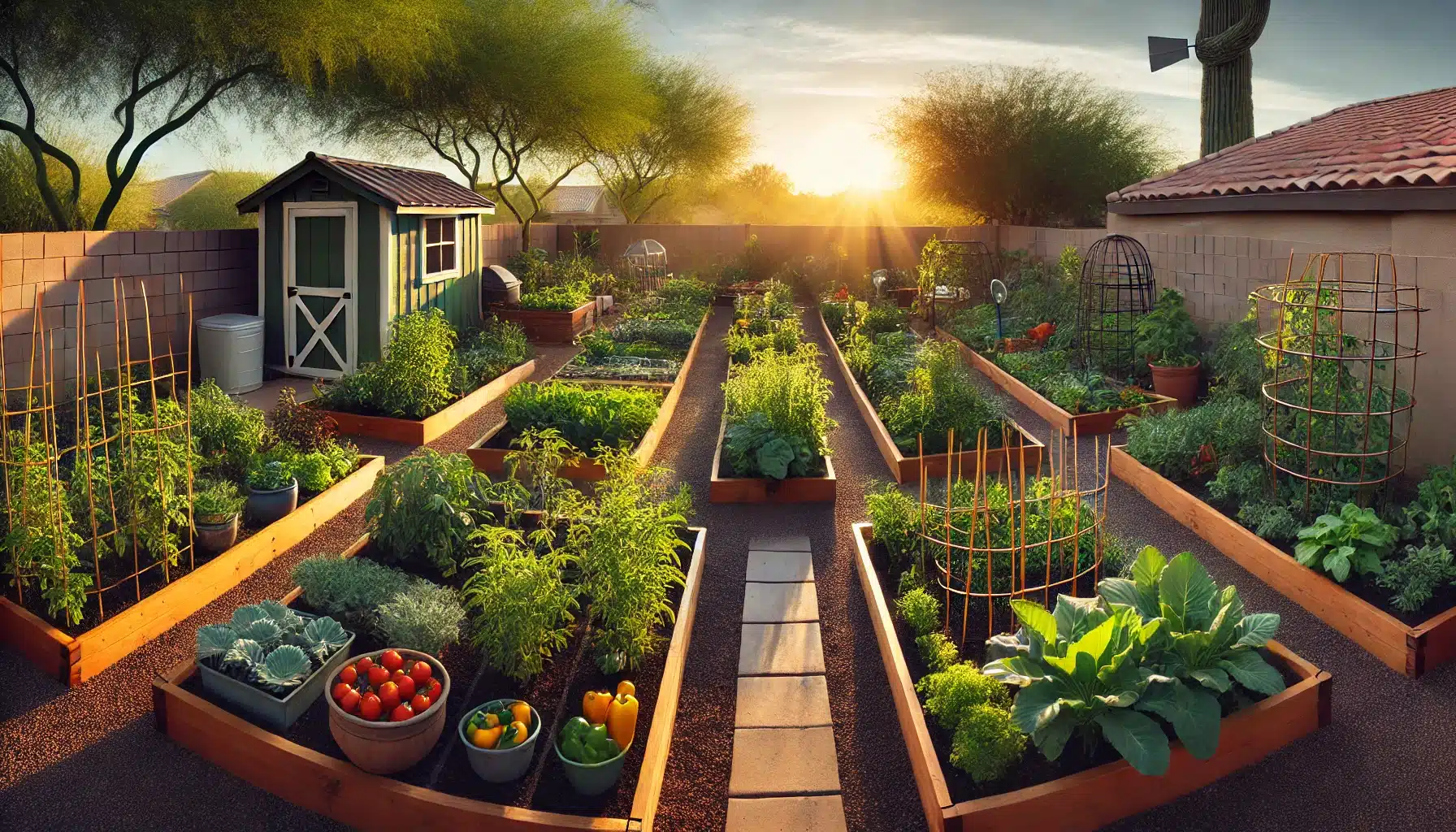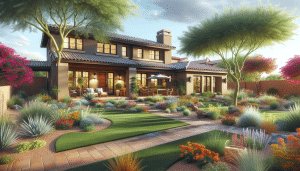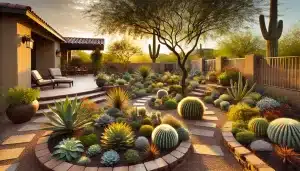Planning your garden effectively ensures a bountiful harvest and a beautiful outdoor space. Here’s how to plan your garden layout to make the most of your space and resources.
Contents
Determining the Number of Plants
One common mistake gardeners make is overcrowding their gardens, leading to poor growth and reduced harvests. To avoid this:
- Space Appropriately: Ensure each plant has enough space to grow and access nutrients.
Designing the Best Layout
Repositioning Plants
Achieving the optimal layout involves:
- Adjusting Plant Placement: Move plants around until you find the best arrangement.
- Considering Mature Size: Ensure plants have enough space to reach full size.
Considering Growing Needs
Different plants have specific needs:
- Sprawling Plants: Place squash and similar plants at the edge of beds.
- Shade-Loving Plants: Lettuce benefits from the shade of taller plants.
- Wind-Pollinated Plants: Corn should be planted in blocks for proper pollination.
Preparing Supplies
Planning your seed and garden supply orders is crucial:
- Organize Orders: Ensure you have all necessary supplies ready for the planting season.
Creating a Planting Schedule
Develop a schedule based on your local climate:
- Indoor Starts: Start tomatoes and peppers indoors several weeks before the last frost.
- Warm Weather Plants: Plant beans and squash when temperatures are consistently warm.
Anticipating Potential Problems
Plan for potential issues:
- Pest Infestations: Include flowering plants to attract beneficial insects.
- Weather Changes: Be prepared with adequate watering and shading plans.
Using the Garden Planner
A garden planner can simplify your planning process. Here’s how to use it effectively:
Adding Garden Elements
- Include Key Items: Add sheds, fences, compost bins, and other essential items.
- Adjust for Space: Modify elements to fit your garden space.
Adding Plants
- Select and Place: Choose a plant, place it on your plan, and draw rows or blocks.
- Space Requirements: The tool shows the space each plant requires and how many plants can fit in the area.
Accessing Growing Information
- Detailed Info: Click the ‘i’ button next to a plant for growing details.
- Filter Options: Use the Filter button to find plants that meet your needs.
Enhanced Garden Planner Features
Personalized Sowing, Planting, and Harvesting
The Garden Planner adapts to your location by using average frost dates. It generates a personalized Plant List, showing what to plant and when to plant and harvest each crop. Bi-monthly email reminders help you stay on track.
Succession Planting
Plan which plants will follow others using the succession planting feature. Set in-ground dates for your plants and view them month by month to identify gaps.
Crop Rotation
Each plant has a color-coded family to help with crop rotation. The Garden Planner advises where to avoid placing each vegetable based on previous years’ placements, reducing the risk of soil-borne pests and diseases.
Irrigation Planning
Use the Filter drop-down box to select Irrigation and design your system. The Parts List generates a shopping list of the items needed based on your design.
Season Extenders
Adding glasshouses, conservatories, and row covers can extend your growing season. The Garden Planner automatically updates planting and harvesting dates for your vegetables when these structures are included in your plan.
Conclusion
Planning your garden ensures you have all the information needed to start your plants at the best time, giving them the best chance of survival throughout the growing season. With careful planning, hard work, and a bit of help from Mother Nature, you can look forward to a bountiful harvest.
For professional help with your garden planning, call us at 480-373-9312 or request a free quote. Happy gardening!




